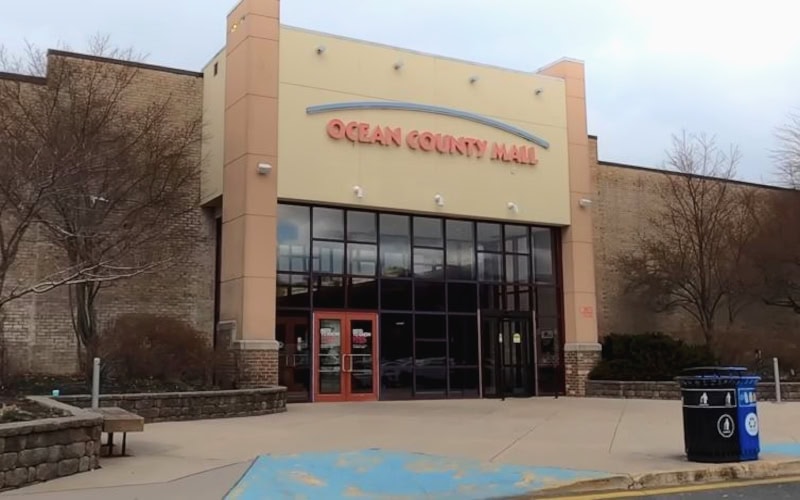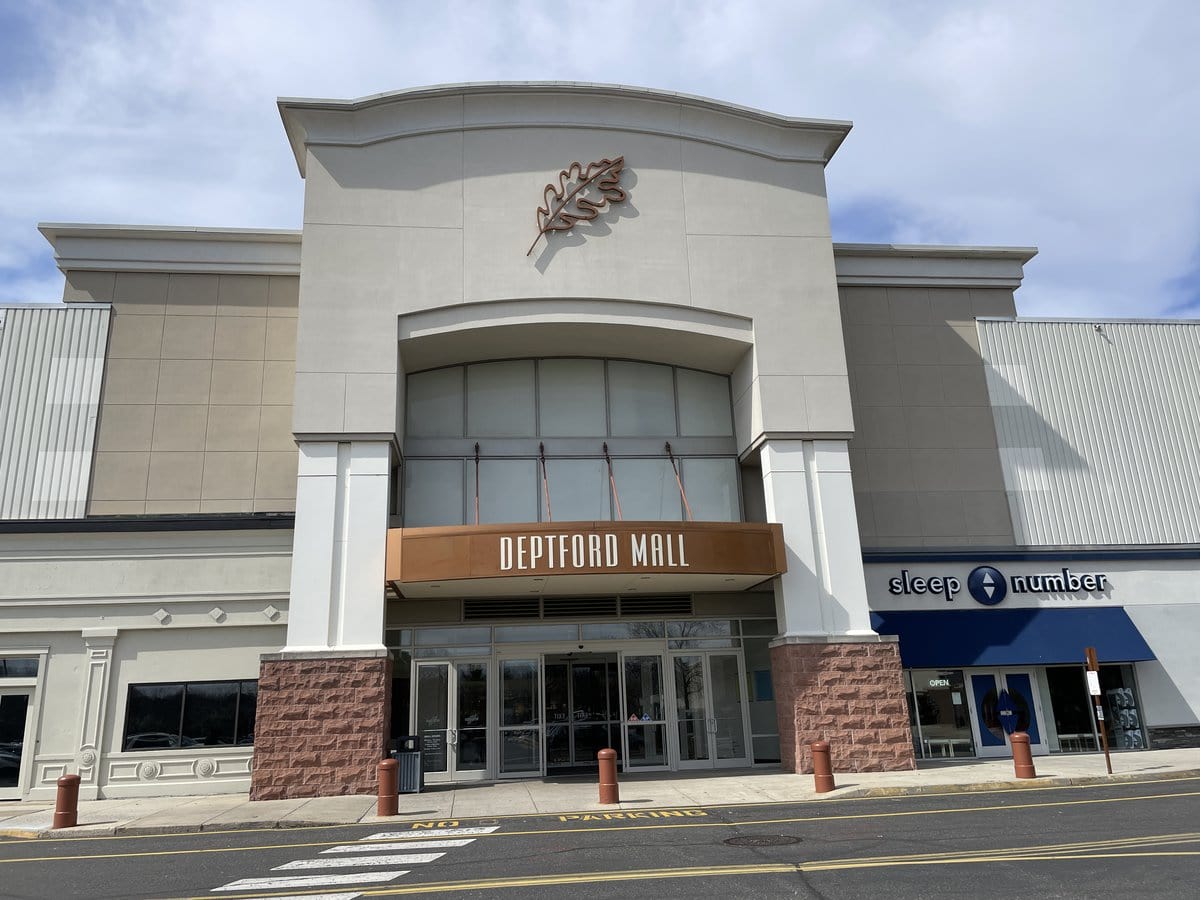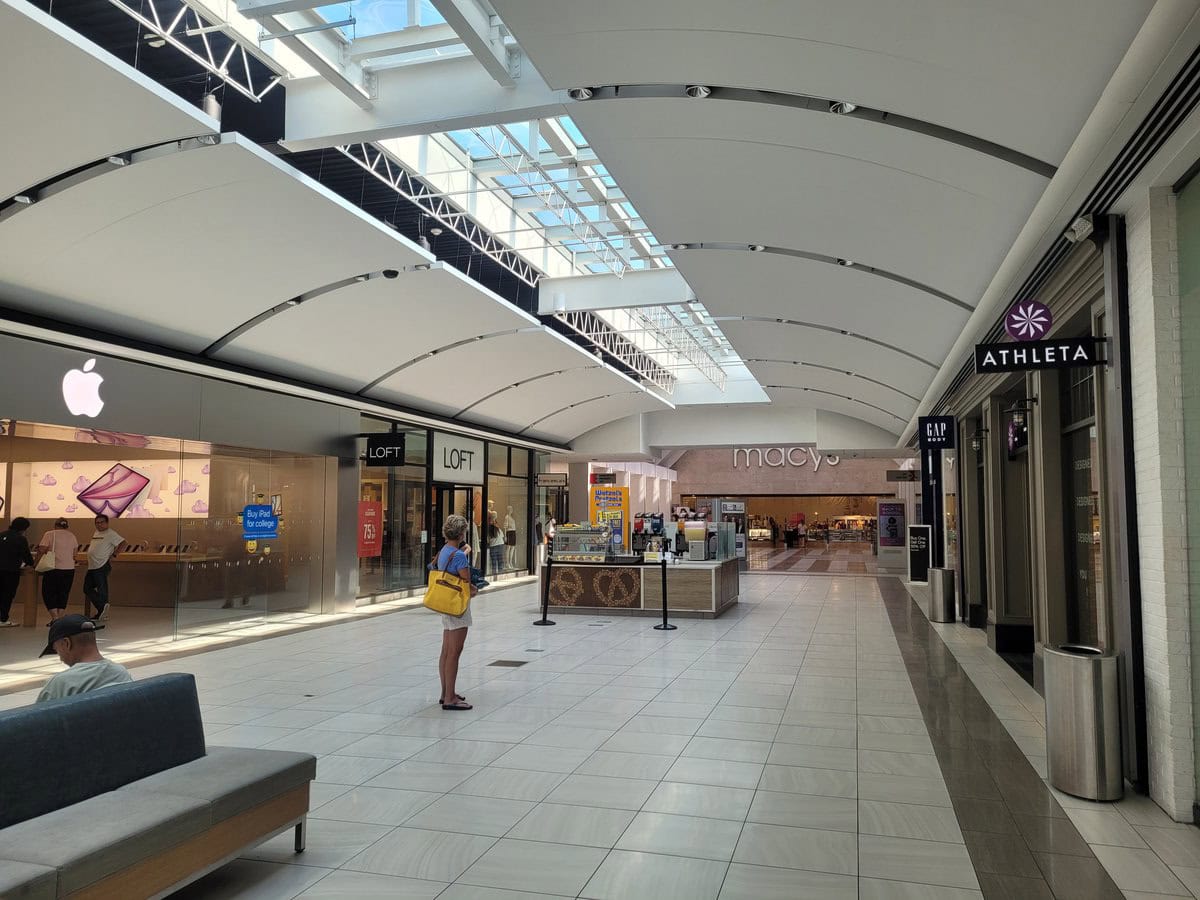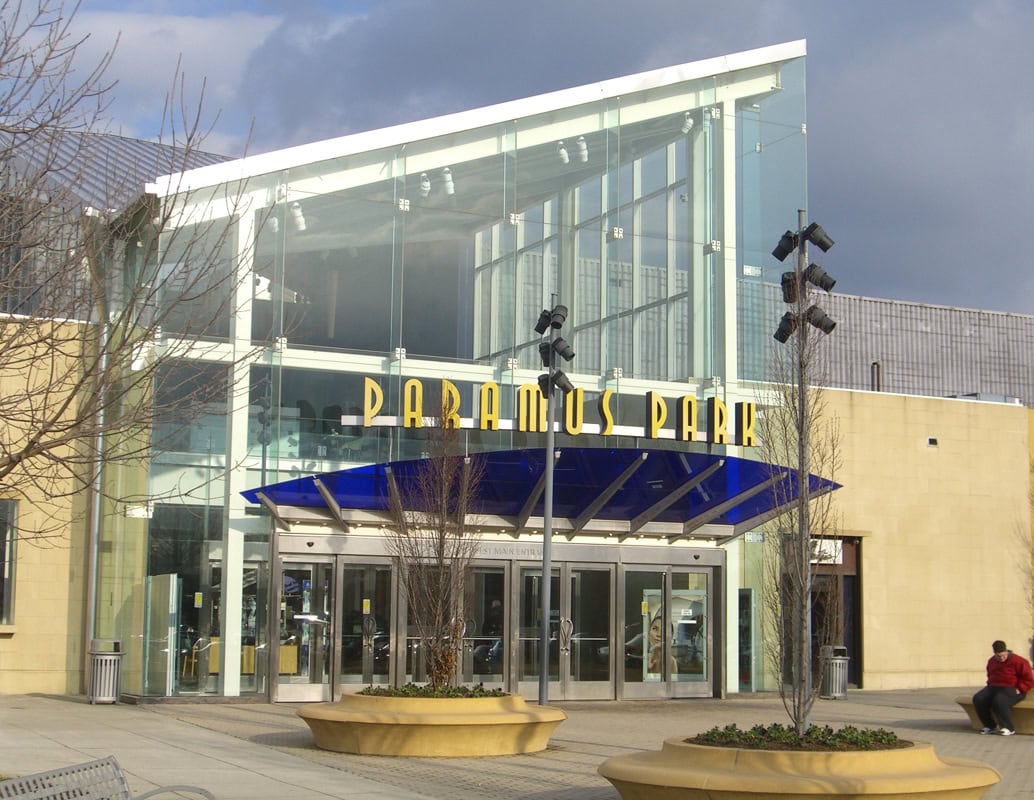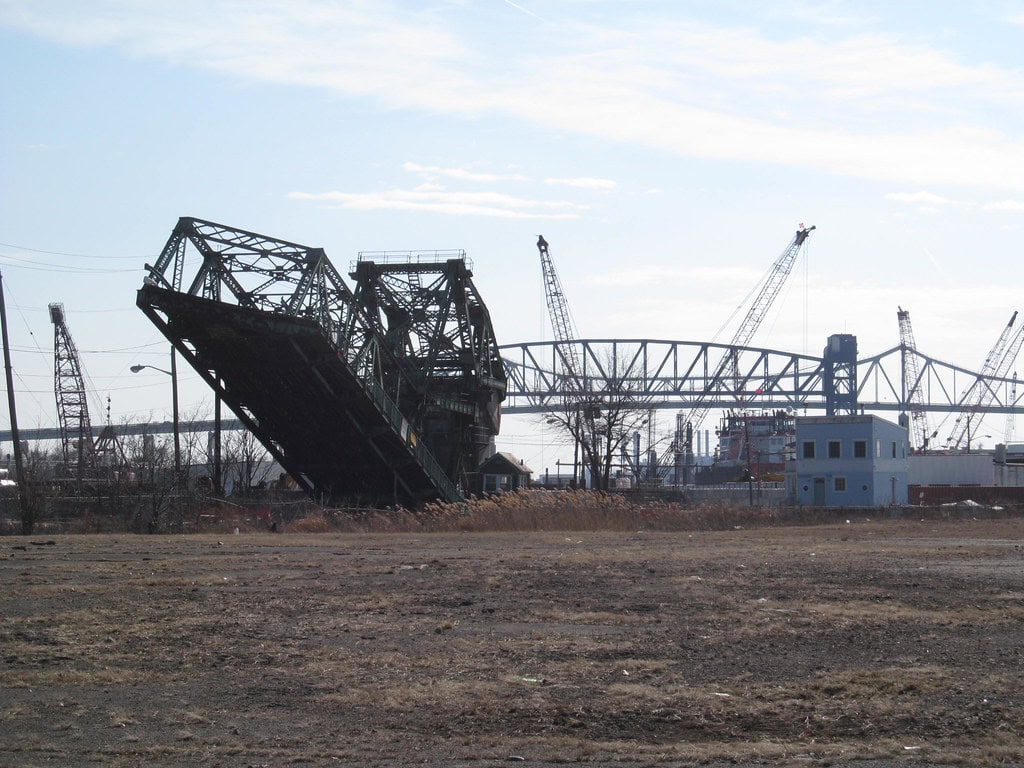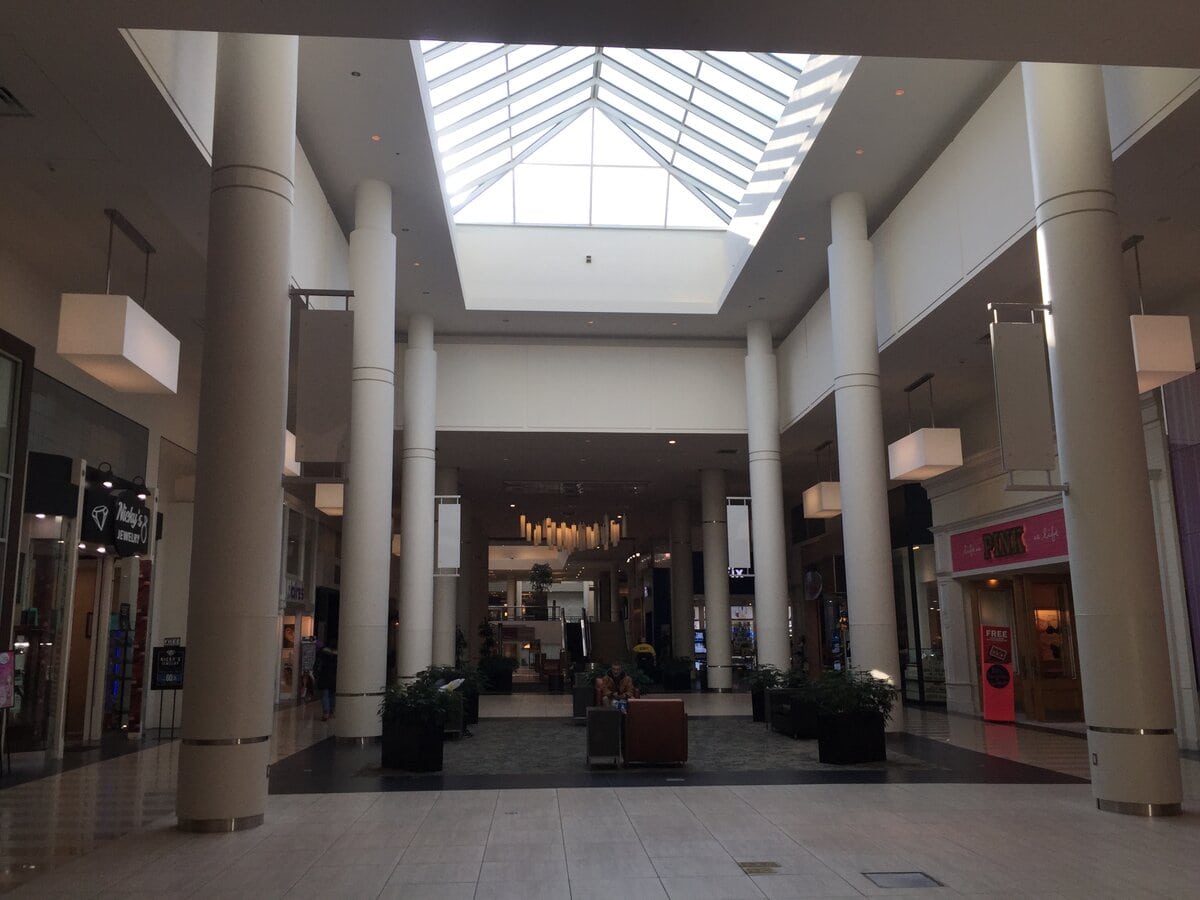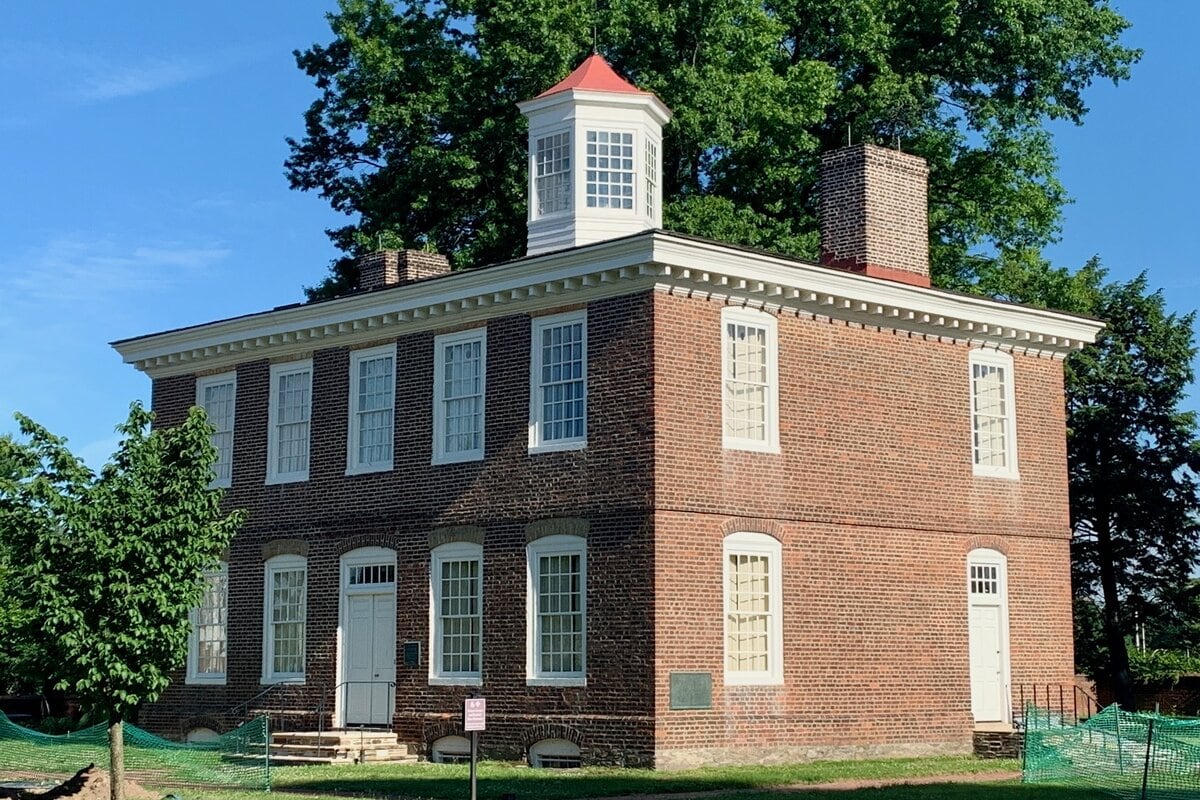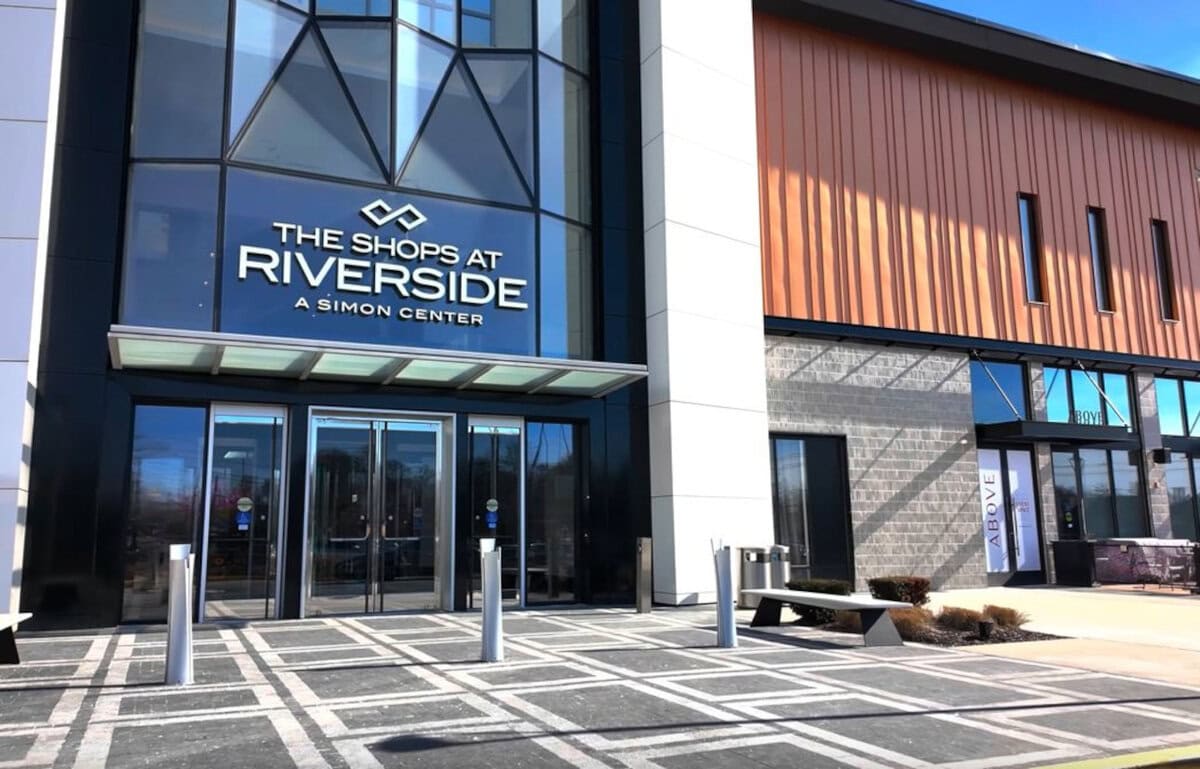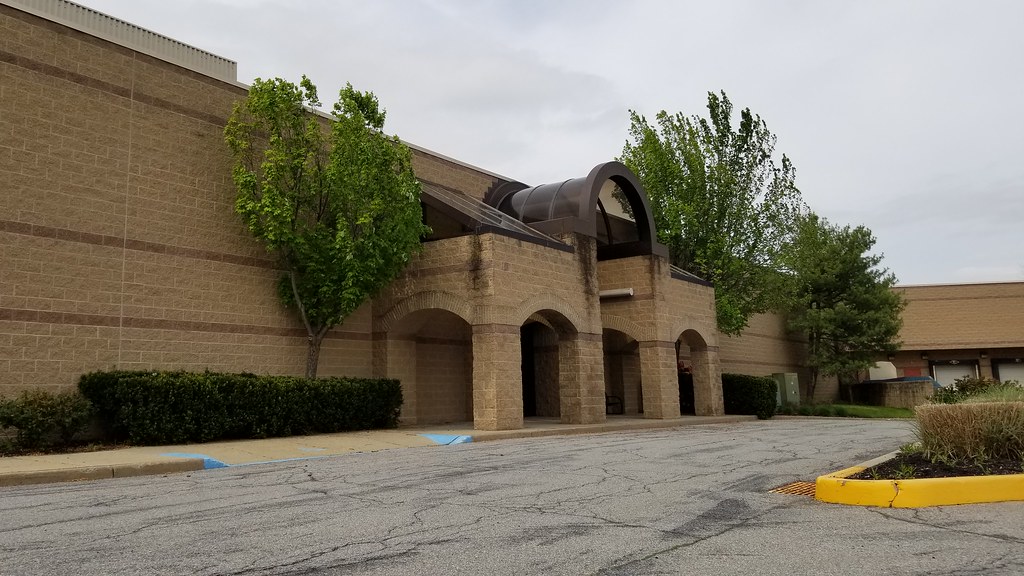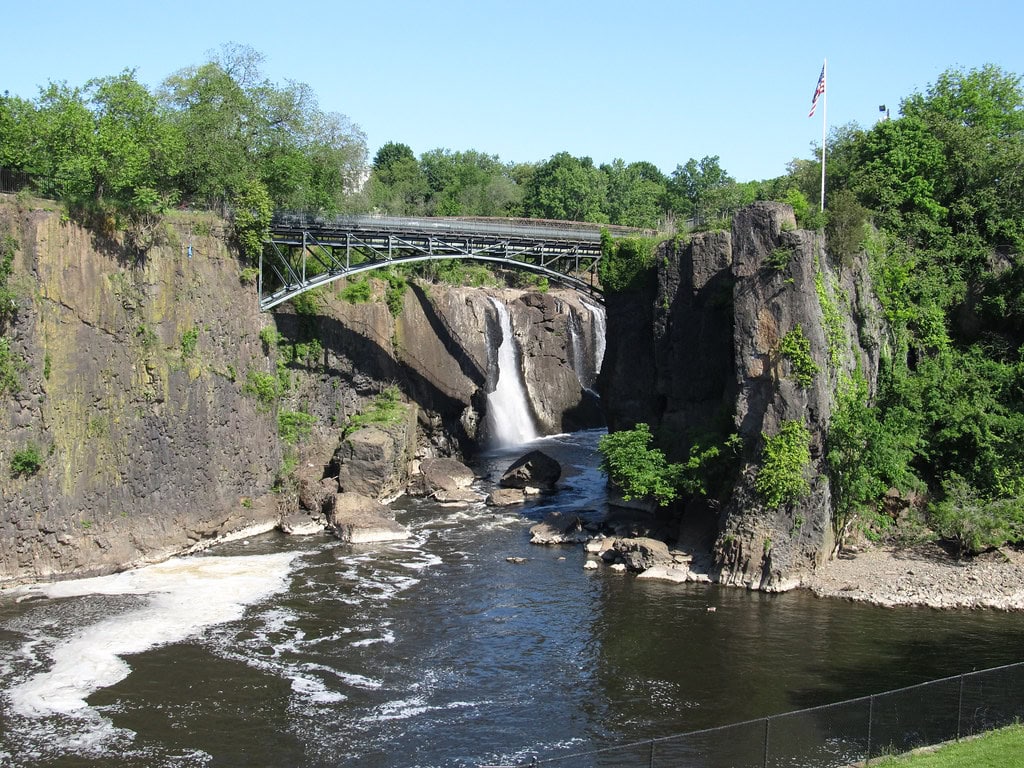
Power that turned into a city
Workers used the Great Falls of the Passaic to build America's first planned industrial city.
In 1791–1792, Alexander Hamilton helped form the S.U.M. to harness the 77-foot drop for waterpower.
Pierre Charles L'Enfant began the raceway plan in 1794, and Peter Colt finished a three-tier system that sent canal water to mills across Paterson.
The network fed cotton, steel, and later silk factories for more than a century.
Remains of the raceways still cut through the historic district, and you can see their routes just uphill from the gorge.
The city grid and mill blocks grew around those channels, tying streets, factories, and power into one working layout.
A fire that erased the downtown in a night
Just after midnight on February 9, 1902, a wind-driven fire tore through downtown Paterson.
By the time crews stopped it the next day, about 459 buildings lay in ruins, including City Hall and the Free Public Library, which lost tens of thousands of books.
The blaze burned roughly a mile across the core and left hundreds of families homeless.
The city rebuilt with stone and steel over the following years, reshaping the commercial district that still stands.
The daredevil who jumped the Falls
In 1827, mill worker Sam Patch leaped from above the Great Falls into the Passaic and surfaced unhurt, then repeated the stunt for larger crowds.
He became a touring celebrity and, in 1829, jumped at Niagara before his fatal leap in Rochester that same year.
His Paterson jumps were among the first to draw big public attention to the falls as a spectacle, not just a power source.
Stories of the "Jersey Jumper" still appear in local histories and museum displays.
The revolver was named after the city
Long before Colt became a household name, the Patent Arms Manufacturing Company in Paterson turned out the "Colt Paterson" revolver.
Samuel Colt incorporated in 1836 and set up his first factory here, producing the earliest practical, repeating, single-action revolvers and revolving rifles.
Though the company closed within a few years, the design principles carried forward into later Colt firearms.
Surviving examples of Paterson-made guns show the precision machining that was already happening in the city's shops during the 1830s.
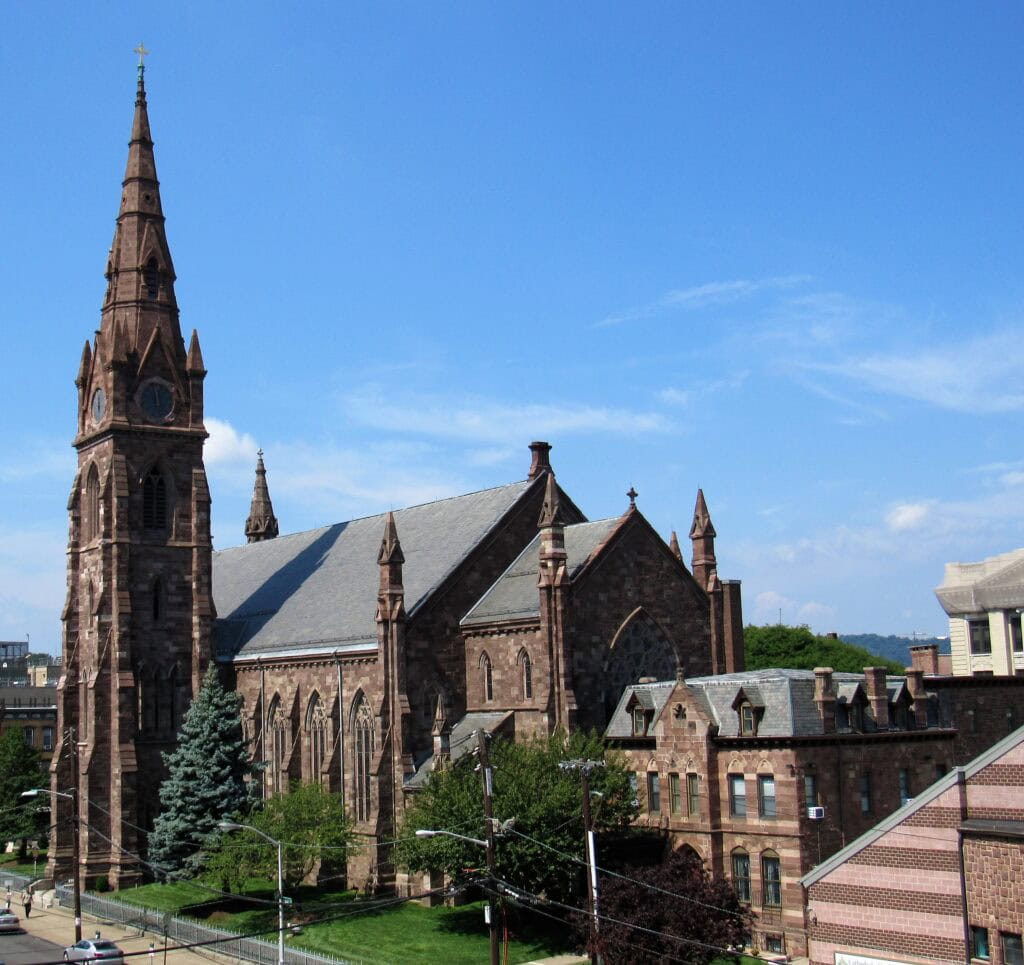
Engines that crossed an ocean
Wright Aeronautical operated in Paterson and built J-5 "Whirlwind" radial engines in the 1920s.
That engine powered Charles Lindbergh's Spirit of St. Louis on its nonstop May 1927 flight from New York to Paris.
The firm's Paterson plant and offices anchored a wave of aircraft engine work that later tied into Curtiss-Wright.
The city's machine-tool expertise and skilled labor, developed in the mills and locomotive shops, made it a natural place for precision engine assembly.
A silk baron's castle on the mountain
Silk magnate Catholina Lambert built Lambert Castle in 1892–1893 on Garret Mountain, overlooking Paterson.
He called the estate "Belle Vista," added an art gallery and a 70-foot observation tower a few years later, and hosted prominent visitors, including President William McKinley in 1898.
Today, the building at 3 Valley Road houses the Passaic County Historical Society.
The restored Lambert Tower above the castle offers broad views of the city and the Passaic Valley.
A modernist poem named for the city
Physician-poet William Carlos Williams wrote the multi-volume epic "Paterson" between 1946 and 1958.
He used the city and the Great Falls as a framework to explore work, language, and everyday life.
Williams lived and practiced in nearby Rutherford, but he rooted the poem in Paterson's streets, mills, and river.
Passages describe the falls and the raceways in plain detail, linking a local landscape to modern American writing.
The title fixed the city in 20th-century literature.
The locomotive that starred in a war chase
Paterson's Rogers Locomotive and Machine Works built thousands of steam engines, including "The General" in 1855.
That locomotive became famous in the Civil War's Great Locomotive Chase of 1862.
Rogers dominated U.S. locomotive output in the mid-19th century, and its erecting shop still stands on the Passaic as the Paterson Museum.
The plant's reach was global, but its heart sat by the raceways, where castings, boilers, and running gear moved from bay to bay and onto rails.
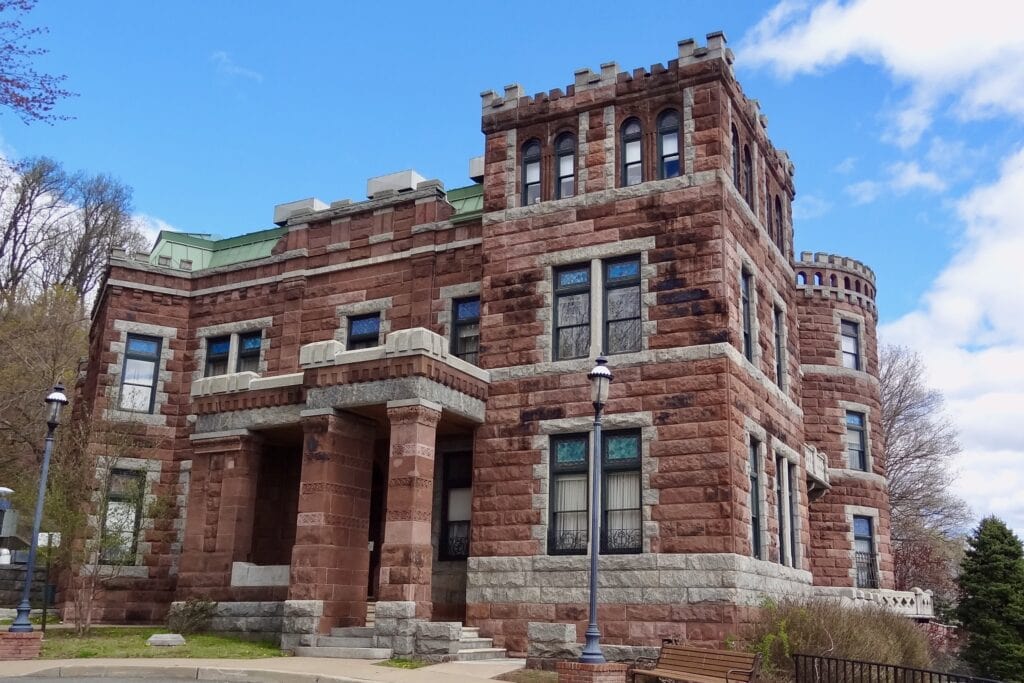
A city museum inside a locomotive shop
The Paterson Museum occupies the former Rogers Locomotive erecting shop by the river.
Exhibits tell the story of local industries that ran from textiles to turbines.
A standout piece is the "Fenian Ram," an early John P. Holland submarine built in 1881 and later brought to Paterson for display.
The museum also shows Wright aircraft engines and Colt firearms tied directly to city factories.
The building's brick bays still feel like a working shop floor.
A strike that made national headlines
In 1913, about 25,000 silk workers in Paterson walked out to fight for the eight-hour day and against speed-up on new looms.
The IWW helped organize the strike, and activists staged the Paterson Pageant at Madison Square Garden on June 7, 1913, reenacting mill life and picket scenes to raise funds.
The strike ended after months without winning its full demands, but it shaped labor debates across the country and left a deep record of industrial life in the Silk City.
A waterfall big enough to run mills
The Great Falls stands 77 feet high and is about 260 feet wide.
In full flow, as much as 2 billion gallons of water spill over the basalt lip in a day.
The area became Paterson Great Falls National Historical Park, authorized in 2009 and formally established in 2011.
The falls sit in the middle of the city, which made it easy to pipe water straight into the raceways and mills.
Footbridges and overlooks ring the gorge, and the roar carries across nearby streets in every season.
Little Lima made official
Paterson's downtown Little Lima has grown into one of the largest Peruvian enclaves in the United States, centered on Market Street.
The city council designated the area "Peru Square" in 2016, formalizing a corridor of restaurants, bakeries, and shops tied to Peruvian food and festivals.
Annual summer parades and Señor de los Milagros celebrations in October bring crowds to the neighborhood.
The district sits a short walk from the historic mill blocks and the falls.
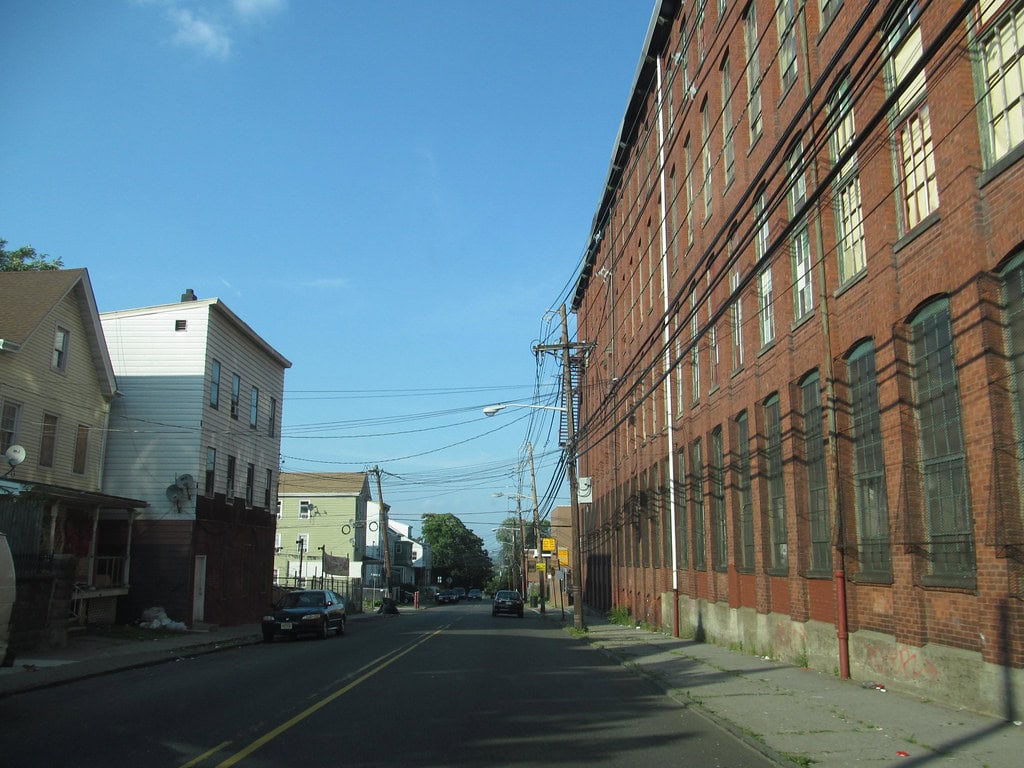
One of the nation's last Negro Leagues ballparks
Opened in 1932, Hinchliffe Stadium sits above the Great Falls and is one of only a few surviving Negro Leagues ballparks.
Teams, including the New York Black Yankees and New York Cubans, played there.
After decades of closure, a major restoration reopened the stadium in May 2023.
In 2024, Eastside and Kennedy High Schools marked the 100th Thanksgiving Day game at Hinchliffe, returning a century-old city tradition to its original stage.
Hydropower still hums beside the gorge
A hydroelectric plant beside the Great Falls has been producing power since the early 1900s.
The current station uses three Kaplan turbines with a total capacity of about 10.95 megawatts.
Operators divert a portion of the Passaic through penstocks, spin the turbines, then return the water downstream.
The plant sits within view of the falls and keeps the industrial energy story going into the present day.
Upgrades over time kept the station online while the surrounding area shifted from heavy industry to parkland, housing, and small businesses.
A Hall of Famer grew up here
Larry Doby moved to Paterson as a teenager, starred in multiple sports at Eastside High, and in 1947 became the first Black player in the American League with the Cleveland Indians.
He played at Hinchliffe as a local athlete before turning pro.
Paterson named Larry Doby Field in Eastside Park for him in 1998 and later installed a bronze statue nearby.
His path from Paterson school fields to the majors remains visible at that park.

